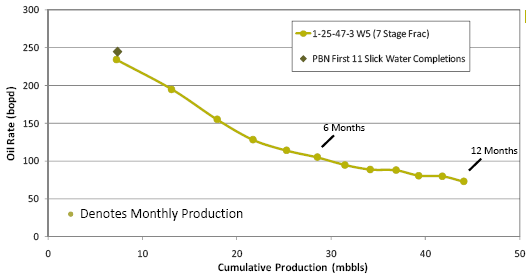I am continuing to look at the US large cap sector, just for personal review rather than serious consideration. I am continued to be surprised by relatively good valuations, around the 10% yield levels. Most of these are in the first-generation “old-school” technology sector. Very well-known companies include the following, with some very anecdotal remarks on my behalf:
Microsoft (MSFT) – Trading at 9.3x FY2012 projected earnings, with $30B net cash on balance sheet, Windows/Office empire continued to be chipped away at with competition;
Intel (INTC) – Trading at 9.5x FY2012 projected earnings, $20B net cash on balance sheet, likely to be around for a long time, competition in mobile processors, but nothing in really ‘large scale’ CPUs except AMD;
Dell (DELL) – Trading at 8.6x FY2012 projected earnings, $8B net cash, well-known customer support/service issues, but otherwise entrenched in computer/IT market;
Hewlett-Packard (HPQ) – Trading at 7.3x FY2012 projected earnings, $10B net debt, along with Dell, entrenched in computer/IT market;
Lexmark (LMK) – Trading at 7.7x FY2012 projected earnings, $600M net cash, major supplier in printer/imaging market;
Xerox (XRX) – Trading at 8.3x FY2012 projected earnings, $8B net debt, in a similar domain as Lexmark;
Seagate (STX) – Trading at 7.2x FY2012 projected earnings, $0 net cash/debt, hard drive/storage manufacturer;
Western Digital (WDC) – Trading at 9.3x FY2012 projected earnings, $3B net cash, in a similar domain as Seagate;
Micron Technology (MU) – Trading at 8.4x FY2012 projected earnings, $600M net cash, memory manufacturer;
One would think that diversifying a position into these nine companies and calling it the “Old-school technology fund” would probably be considered a relatively safe alternative over the next 10 years, compared to the 3.4% you would achieve with a 10-year US treasury bond.
My gut instinct would suggest that these companies would still be around in 10 years, especially Intel, which has the biggest competitive advantage out of the nine listed above.
I am also assuming that smarter eyeballs than my own have looked at these companies, which is why I suspect there isn’t much extraordinary value here other than receiving a nominal 10% return on equity, which is pretty good for zero research.

